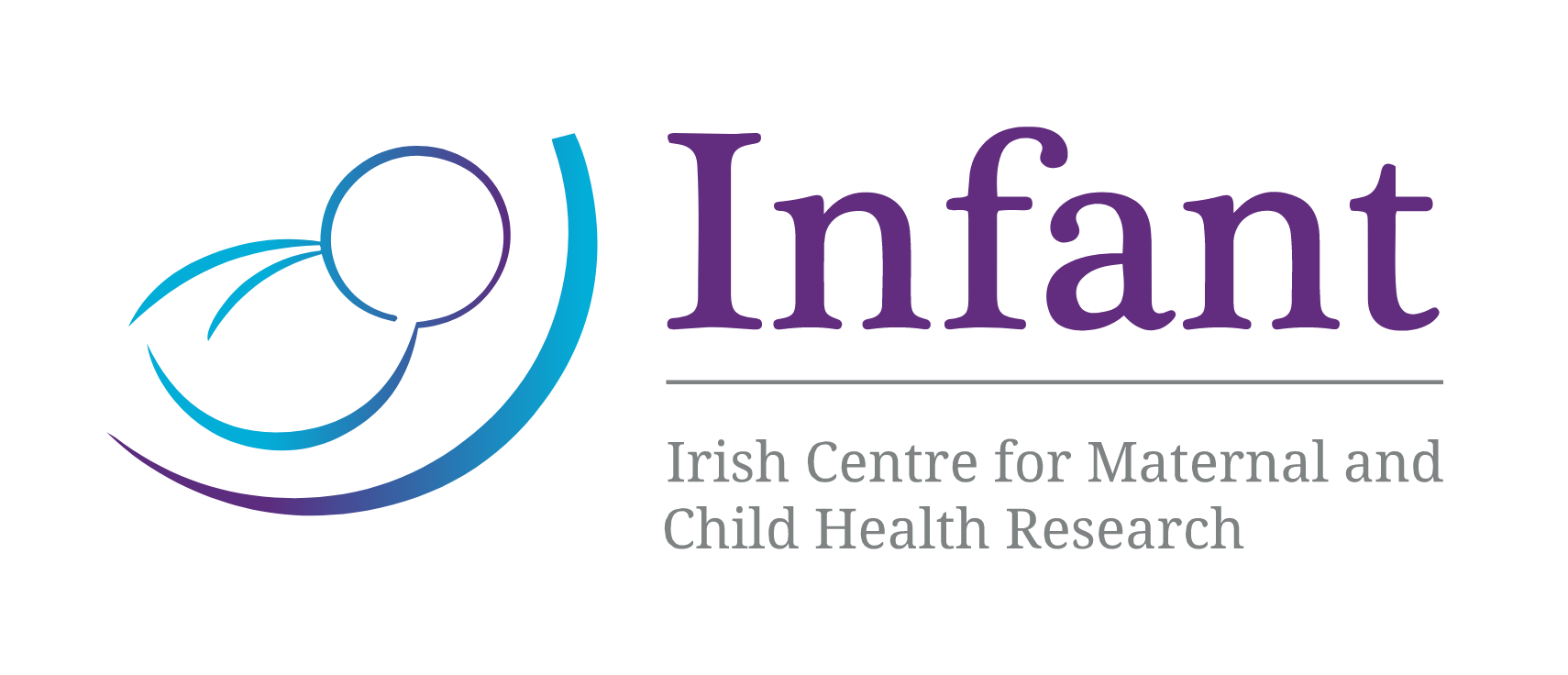Monday 08 October 2018
Our PhD researcher, Rachel Williamson, won a Young Investigator Award from the Preeclampsia Foundation at the ISSHP European Conference in Amsterdam.

Eleni Tsiagas of the Preeclampsia Foundation and Rachel Williamson, winner of the Young Investigator Award, ISSHP 2018
Rachel’s presentation at the conference is entitled Investigating the Therapeutic Effects of L-Ergothionine As A Treatment for Pre-eclampsia
Abstract:
Pre-eclampsia is proposed to result from placental ischemia, explosing the placenta to elevated levels of oxidative stress. L-Ergothionine is a natural water-soluble compound derived from histidine and is a physiological antioxidant due to its preferential concentration in high oxidative stress organs. L- Ergothionine has been shown to possess antioxidant, cytoprotective and anti-inflammatory effects, establishing its potential as a treatment for preeclampsia.
Objectives: To investigate the therapeutic effects of L- Ergothionine as a treatment for preeclampsia using the in-vivo reduced uterine perfusion pressure (RUPP) rat model.
Methods: L- Ergothionine (25mg/kg/day) was administered on gestational day 11 (GD11). RUPP was induced by placing silver clips on the abdominal aorta and the ovarian arteries on GD14. Mean arterial blood pressure (MABP) and vascular function were measured in all four groups. Pup and placental weights were also measured. Data is presented using the mean ± SD.
Results: L- Ergothionine reduced MABP in the group compaed to RUPP controls (134 mmHg 143 mmHg). There was a significant reduction in pup weight in RUPP control group compared to sham controls (1.802± 0.07 v 2.245 ± 0.06, P>0.0001). L- Ergothionine resuced fetal growth restriction in the RUPP group compared with the RUPP control group (2.048 ± 0.09 v 1.802 ± 0.07, P=0.05). Mesenteric arteries from the RUPP control group displayed impaired vasorelaxation, however pre-treatment with L- Ergothionine ameliorated this endothelial dysfunction.
Conclusion: Pre-treatment with L- Ergothionine in the RUPP model mediated some of the pathophysiological characteristics of pre-eclampsia, therefore, highlighting its potential as a treatment for pre-eclampsia.





